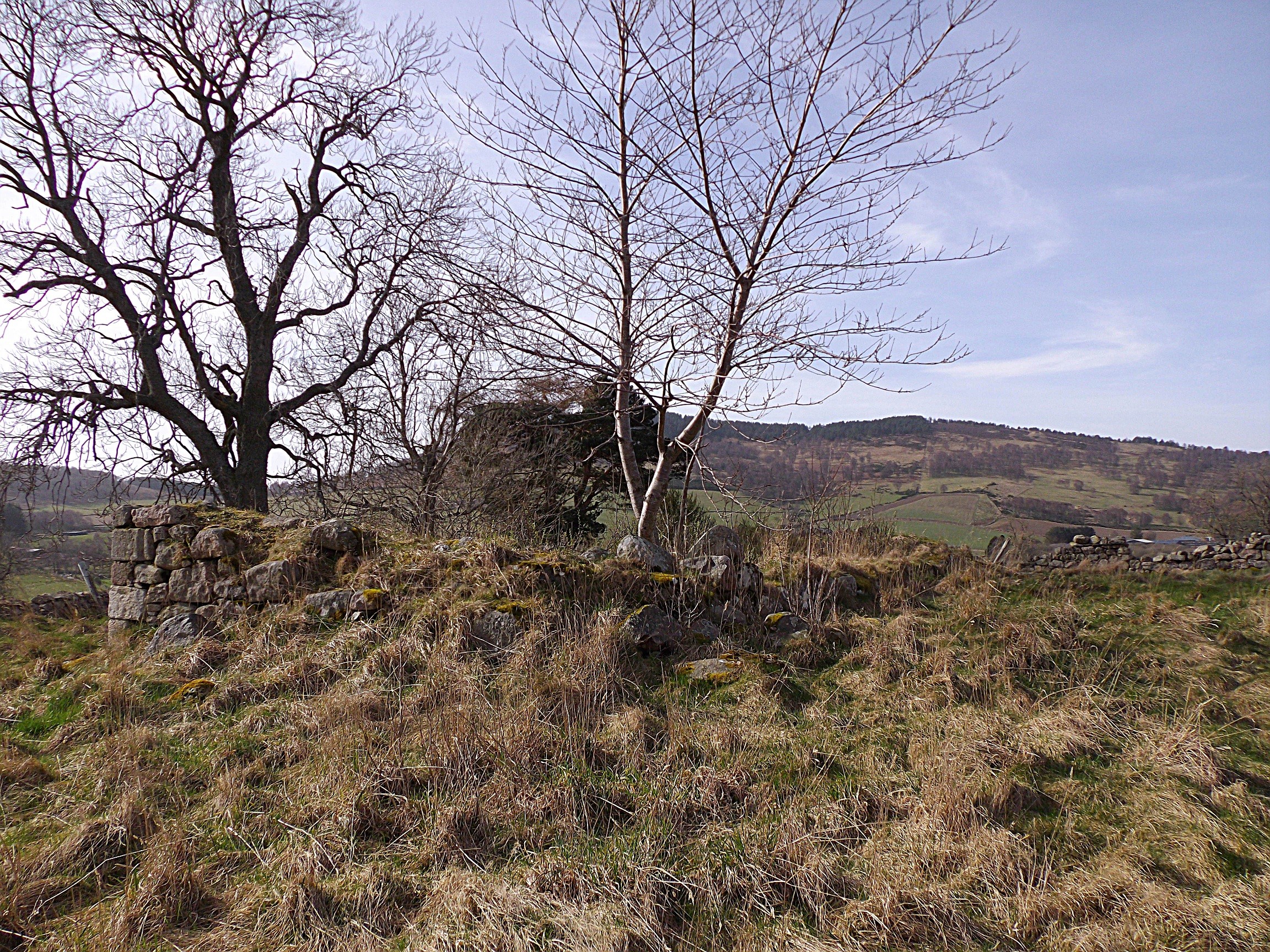|
Auchenhove Castle
Auchenhove Castle is a castle, of which little remains, dating from the 16th century, north-east of Aboyne, at Auchenhove, Aberdeenshire, Scotland.Coventry Martin (1997) ''The Castles of Scotland''. Goblinshead. p60 Alternatively it may be known as Easter Mains or Auchinhove. History The castle was built by the Duguid family. It was burned by the army of the Duke of Cumberland in 1746 during the Jacobite rising , war = , image = Prince James Francis Edward Stuart by Louis Gabriel Blanchet.jpg , image_size = 150px , caption = James Francis Edward Stuart, Jacobite claimant between 1701 and 1766 , active .... The estate belonged to the Duguids from about 1434. Structure It appears to have been a late courtyard house, with a causeway approach. External links Photograph References Castles in Aberdeenshire {{Scotland-castle-stub ... [...More Info...] [...Related Items...] OR: [Wikipedia] [Google] [Baidu] |
Aboyne
Aboyne ( sco, Abyne, gd, Abèidh) is a village on the edge of the Highlands in Aberdeenshire, Scotland, on the River Dee, approximately west of Aberdeen. It has a swimming pool at Aboyne Academy, all-weather tennis courts, a bowling green and is home to the oldest 18 hole golf course on Royal Deeside. Aboyne Castle and the Loch of Aboyne are nearby. Aboyne has many businesses, including a supermarket (Co-op), one bank, several hairdressers, a butcher, a newsagent, an Indian restaurant and a post office. Originally, there was a railway station in the village, but it was closed on 18 June 1966. The station now contains some shops and the tunnel running under the village is now home to a firearms club. The market-day in Aboyne was known as ''Fèill Mhìcheil'' (Scottish Gaelic for "Michael's Fair"). History The name “Aboyne” is derived from “Oboyne”, first recorded in 1260, in turn derived from the Gaelic words “abh”, “bo”, and “fionn”, meaning “lace by ... [...More Info...] [...Related Items...] OR: [Wikipedia] [Google] [Baidu] |
Aberdeenshire
Aberdeenshire ( sco, Aiberdeenshire; gd, Siorrachd Obar Dheathain) is one of the 32 council areas of Scotland. It takes its name from the County of Aberdeen which has substantially different boundaries. The Aberdeenshire Council area includes all of the area of the historic counties of Aberdeenshire and Kincardineshire (except the area making up the City of Aberdeen), as well as part of Banffshire. The county boundaries are officially used for a few purposes, namely land registration and lieutenancy. Aberdeenshire Council is headquartered at Woodhill House, in Aberdeen, making it the only Scottish council whose headquarters are located outside its jurisdiction. Aberdeen itself forms a different council area (Aberdeen City). Aberdeenshire borders onto Angus and Perth and Kinross to the south, Highland and Moray to the west and Aberdeen City to the east. Traditionally, it has been economically dependent upon the primary sector (agriculture, fishing, and forestry) and re ... [...More Info...] [...Related Items...] OR: [Wikipedia] [Google] [Baidu] |
Scotland
Scotland (, ) is a country that is part of the United Kingdom. Covering the northern third of the island of Great Britain, mainland Scotland has a border with England to the southeast and is otherwise surrounded by the Atlantic Ocean to the north and west, the North Sea to the northeast and east, and the Irish Sea to the south. It also contains more than 790 islands, principally in the archipelagos of the Hebrides and the Northern Isles. Most of the population, including the capital Edinburgh, is concentrated in the Central Belt—the plain between the Scottish Highlands and the Southern Uplands—in the Scottish Lowlands. Scotland is divided into 32 administrative subdivisions or local authorities, known as council areas. Glasgow City is the largest council area in terms of population, with Highland being the largest in terms of area. Limited self-governing power, covering matters such as education, social services and roads and transportation, is devolved from the ... [...More Info...] [...Related Items...] OR: [Wikipedia] [Google] [Baidu] |
Prince William, Duke Of Cumberland
Prince William Augustus, Duke of Cumberland (15 April 1721 Old_Style_and_New_Style_dates.html" ;"title="/nowiki>Old Style and New Style dates">N.S./nowiki> – 31 October 1765) was the third and youngest son of Great Britain and Kingdom of Ireland">Ireland and his wife, Caroline of Ansbach. He was Duke of Cumberland from 1726. He is best remembered for his role in putting down the Jacobite rising of 1745, Jacobite Rising at the Battle of Culloden in 1746, which made him immensely popular throughout parts of Britain. He is often referred to by the nickname given to him by his Tory opponents: 'Butcher' Cumberland. For much of the War of the Austrian Succession, with the assistance of John Ligonier, Cumberland commanded the main allied field army in Flanders acting in defence of the Austrian Netherlands and the Dutch Republic. At the head of the largest deployment of British troops on the continent since the days of Marlborough and opposed to the experienced French Marshal ... [...More Info...] [...Related Items...] OR: [Wikipedia] [Google] [Baidu] |
Jacobite Rising Of 1745
The Jacobite rising of 1745, also known as the Forty-five Rebellion or simply the '45 ( gd, Bliadhna Theàrlaich, , ), was an attempt by Charles Edward Stuart to regain the British throne for his father, James Francis Edward Stuart. It took place during the War of the Austrian Succession, when the bulk of the British Army was fighting in mainland Europe, and proved to be the last in a series of revolts that began in 1689, with major outbreaks in 1708, 1715 and 1719. Charles launched the rebellion on 19 August 1745 at Glenfinnan in the Scottish Highlands, capturing Edinburgh and winning the Battle of Prestonpans in September. At a council in October, the Scots agreed to invade England after Charles assured them of substantial support from English Jacobites and a simultaneous French landing in Southern England. On that basis, the Jacobite army entered England in early November, reaching Derby on 4 December, where they decided to turn back. Similar discussions had taken ... [...More Info...] [...Related Items...] OR: [Wikipedia] [Google] [Baidu] |

.jpg)



